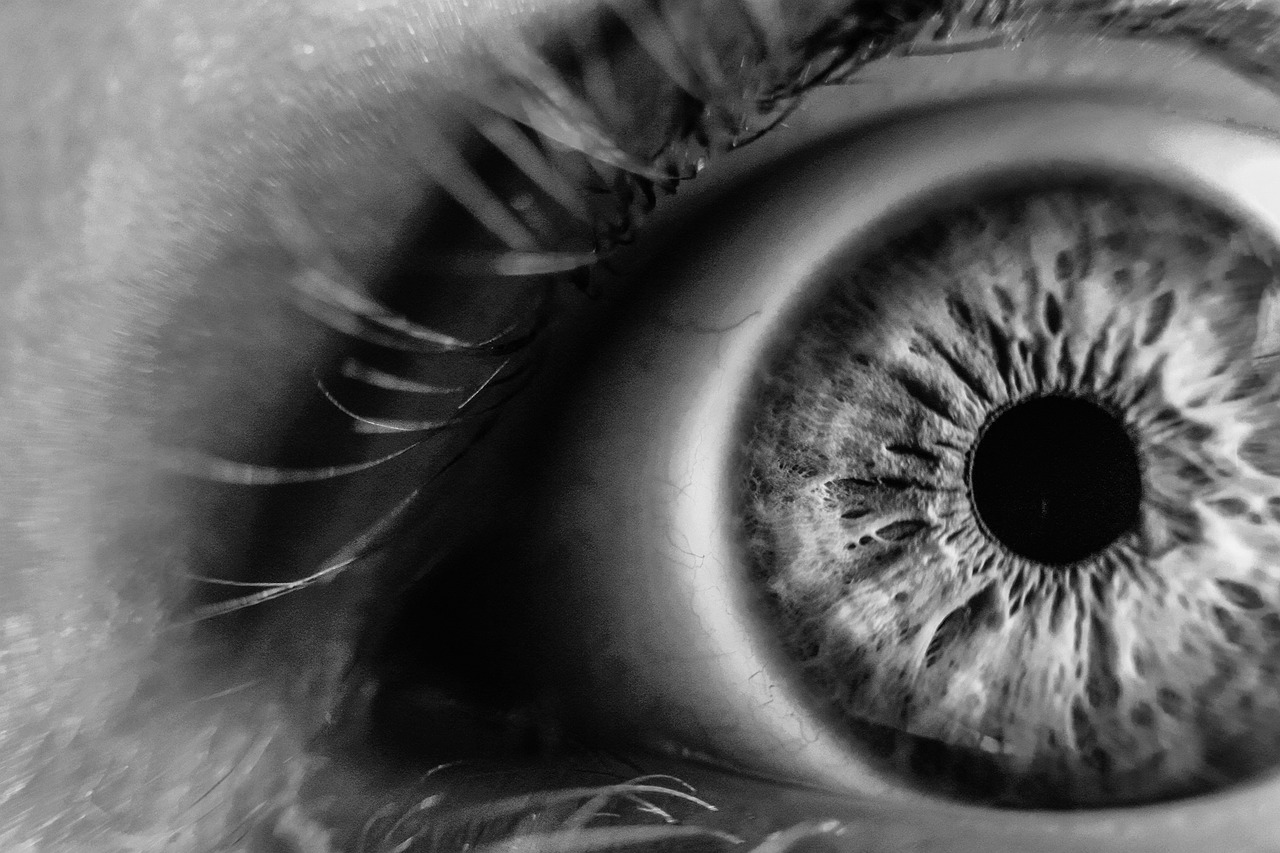Insider Brief
- Researchers report that quantum computers may be able to detect the presence and type of diabetic retinopathy.
- The team added that novel simulated quantum computing machine learning algorithms in some cases outperformed classical computing in analyzing open source retinal medical images.
- The research team included scientists from QC Ware, Roche Pharma Research and IRIF, CNRS.
PRESS RELEASE — QC Ware, a leading quantum software and services company, announced today that a joint research project with one of the world’s leading biotechnology companies uncovered new discoveries in medical imaging analysis and diagnostics, leveraging quantum computing to better detect the presence and type of diabetic retinopathy.
Their research showed that novel simulated quantum computing machine learning algorithms in some cases outperformed classical computing in analyzing open source retinal medical images to detect diabetic retinopathy.
The announcement comes as machine learning adoption continues to accelerate medical diagnostics, and demonstrates the power quantum computing may have to dramatically optimize data science in medicine.

The study, “Quantum Vision Transformers,” found that the quantum transformer models matched—and often outperformed—classical models. What’s more, the quantum models were smaller than classical benchmarks and are therefore easier and less resource-intensive to train, while delivering consistent or better results.
“These results are extremely encouraging, and we’re glad to be leading research that illustrates the potential future of quantum computing in the acceleration of image analysis and medical diagnostics,” said study author Iordanis Kerenidis, QC Ware’s senior vice president of quantum algorithms. “We look forward to conducting additional research to drive this important work forward and hopefully enable faster, more accurate diagnostic tools that will close healthcare equity gaps.”
A main differentiating factor separating transformer architectures from other neural networks is the attention mechanism, which weighs each data element—a word, in natural language processing, or a section of an image, in image analysis—in its global context, instead of focusing solely on its immediate context. By leveraging quantum computing on the attention mechanism, researchers were able to get similar or better results than classical models—while using systems that were less complex and easier to train.
The study compared the performance of newly designed quantum transformer neural network architectures with classical computing counterparts. To measure performance, the research team applied the quantum methods to standardized, publicly available medical image datasets, with a primary focus on retinal images that can be used to detect and diagnose the stage of diabetic retinopathy.
“This is the first time these types of quantum neural network architectures have been rigorously defined,” said Matt Johnson, chief executive officer, QC Ware. The results hint at the growing role quantum can play in healthcare—both through diagnostics and drug discovery, and we’re proud to be putting together the building blocks for what comes next. If we’ve been able to see such performance on small quantum systems like this, I’m quite optimistic for the future.”
The study was performed using an IBM 27-qubit superconducting quantum computer, where researchers ran direct experiments with up to six qubits and tested the algorithms on simulated systems with up to 100 qubits.
The study was co-authored by:
-
El Amine Cherrat, IRIF, CNRS – Université Paris Cité, France
-
Iordanis Kerenidis, QC Ware, Palo Alto, USA, and IRIF, CNRS – Université Paris Cité, France
-
Natansh Mathur, QC Ware, Palo Alto, USA, and IRIF, CNRS – Université Paris Cité, France
-
Jonas Landman, QC Ware, Palo Alto, USA, and School of Informatics, University of Edinburgh, Scotland, UK
-
Martin Strahm, Roche Pharma Research and Early Development, Roche Innovation Center Basel
-
Yun Yvonna Li, Roche Pharma Research and Early Development, Roche Innovation Center Basel
To read the study, click here.
For more market insights, check out our latest quantum computing news here.

















